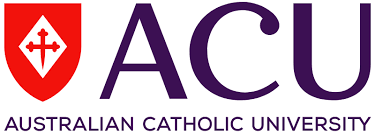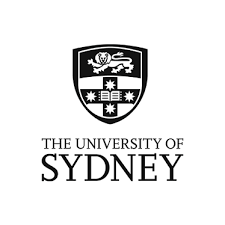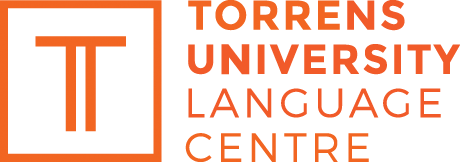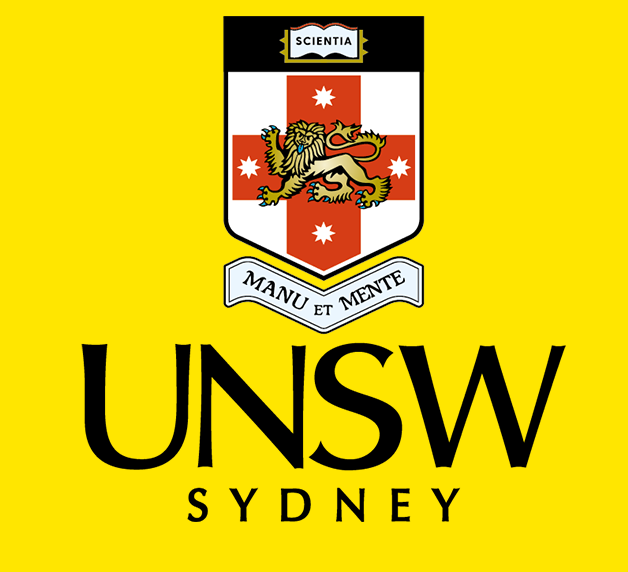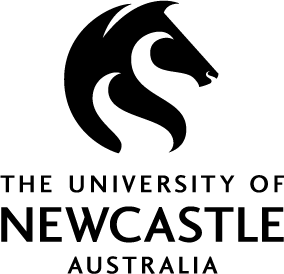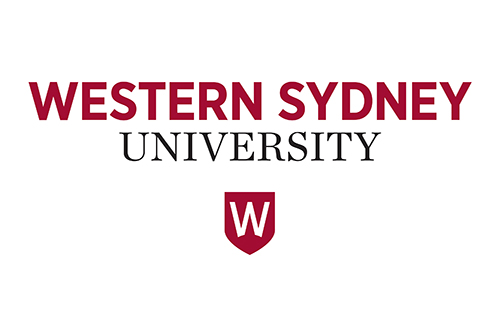About New South Wales
Capital
Sydney is the capital of New South Wales (NSW). The city of Sydney is located on the eastern coast of NSW.
Population
NSW has the highest population of any state in Australia, with 7.95 million residents as of March 2018.
Roughly 64.5% of the state's population live in Greater Sydney.
NSW has the fastest growing population in Australia growing by roughly 106,100 people annually. Greater Sydney and Newcastle have the highest population densities in the state, with 391 and 423 people per square kilometre.
Culture
More than 275 different languages are spoken and 144 religions are practised in NSW. Almost a third of NSW residents were born overseas, while 37% had both parents born overseas. NSW's top five fastest-growing migrant groups are from Asia.
Aboriginal people in NSW
New South Wales has Australia’s largest population of Aboriginal Australians.
Find out more about Aboriginal culture and heritage
Geography of NSW
The state of NSW is divided by natural features into four distinct geographical sections.
The Coast
A thin coastal strip stretching along 1460 km from the subtropical Northern Rivers region near Queensland, through the mid-north Coast, Hunter, Sydney, Illawarra and Shoalhaven down to the cooler far south coast.
The Mountains
The Great Dividing Range, which includes the Snowy Mountains, the Northern, Central and Southern Tablelands, the Southern Highlands, and the South West Slopes. Although these mountains aren't steep, many peaks rise above 1000 metres high, and they are one of the oldest mountain chains on earth.
The Central Plains
The cultivated central plains spread 500 km from east to west and are the agricultural powerhouse of the NSW economy due to the rich, fertile soil and adequate water supply.
The Western Plains
The arid Western Plains cover more than two thirds of the state, though they are sparsely populated compared to the coastal regions. The land is fertile but has low levels of rainfall and inadequate river systems.
Find out more about visiting and exploring NSW regions
Learn more about the geology and geotrails of NSW
Councils in NSW
There are many local government councils within NSW. Each local council provides a range of services to you every day, such as roads and footpaths, rubbish collection services, libraries and community centres, water and sewer, community services and events, planning and infrastructure, and recreation facilities.
Find out more about local government councils
Economy
At more than half-a-trillion dollars, NSW is Australia’s largest state economy. The state has a diversified, service driven economy.
The industries that are the largest contributors to the economy are:
a. business services (which includes financial services, real estate services and information media and telecommunications)
b. construction
c. manufacturing
d. health
e. education.
The largest areas of employment are:
a. health
b. retail trade and professional services
c.scientific and technical services.
Find out more about the NSW economy
Credit rating
NSW has been assessed to have the highest possible credit rating, AAA, by both Moody’s and Standard & Poor’s. NSW is one of only two states with a triple-A credit rating. This rating was given because of the state’s strong, stable economy and financial management.
NSW has a strong institutional framework and a diverse economy, and is focused on investing in areas where it is most needed in order to strengthen our economy further.
Visit NSW Treasury to find out more about the Triple-A credit rating and what it means for the state's economy.
